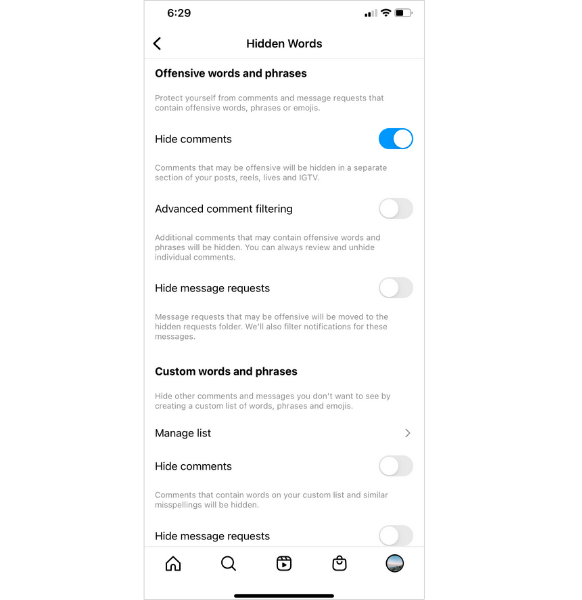

This is immediate – Like ‘new’ and ‘now’, ‘this’ is a thing that demands your immediate attention.This helps you concentrate –When you know you’re reading about something singular, you’re more willing to invest more energy to get high-quality content from it.This makes something concrete – It isn’t a car, it isn’t that car, it’s THIS car.We’ve come to think of “the” as the definite article. This offers you a way to create catchy headlines with little effort. In a time that is more uncertain than ever, and a content landscape that offers more variety than ever, people want something concrete to focus on and invest their energy in.
#Other words for comment full#
The internet is full of vague concepts and broad, sweeping statements. A new treatment for cancer matters to everyone. A new article doesn’t automatically matter to anyone but fans of the writer. New is powerful – It will capture the attention of an audience for free, but to make the most of its power you need to associate it with something compelling.

As such, it creates the ‘curiosity gap’ of clickbait without withholding information.

As such, it’s unlikely the new iPhone will be worse than its predecessor.
#Other words for comment series#
What we can take away, however, is that it boils down to an identifiable series of power words that create predictable effects in audiences. In the long term, this often means disappointment and negative reinforcement. Ultimately, it’s a negative motivation that creates a sense of lacking, instead of one of fulfillment. The main criticism is that creating a ‘curiosity gap’ obligates you to click through manipulation, instead of making you want to. That said, click-bait fatigue is now a thing, and people are actively campaigning against the practice. “ You won’t believe” marks that content out as extraordinary, while “ insulted” gives you a clear emotional arc to follow. The headline gives enough of a context that you know the general area the content is talking about while creating a key gap in the story.

What most people don’t realize is that before they read the headline, there was no question to be answered. (Read why clickbait headline is bad for your website.)īy now, I’m sure you’ve clicked on at least one article like:Ĭlick-bait makes a promise of value to the reader – it infers that the answer is inside the body content. So-called click-baiting has turned this into an art form by aggressively removing key information, and instead focusing on hyperbole. The Death Of The Descriptive? Don’t Bet On It Today we’ll see how many of them have stood the test of time. You have more space than you used to.Īll the way back in 1963, the granddaddy of advertising David Ogilvy published a list of 20 words that made the biggest difference to his work. The average length of a viral headline is 70-71 characters. The good news is, you now have more words to play with! Google has increased the length of titles and meta descriptions on the results page.


 0 kommentar(er)
0 kommentar(er)
